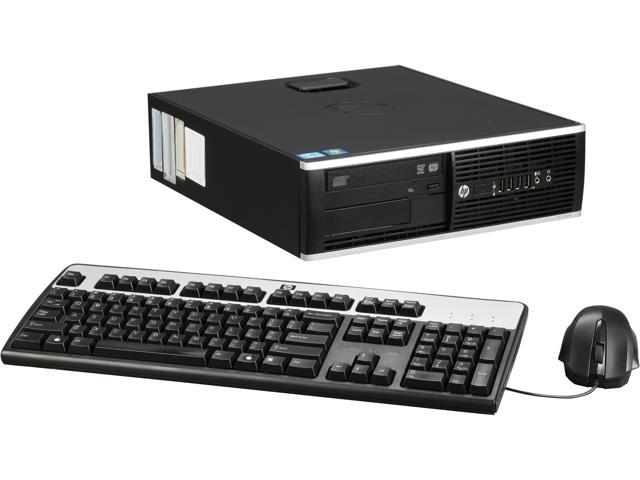The machine: HP Compaq 8200 Elite SFF PC [perosnal information removed] Product number XL510AV Intel(R) Core(TM) i5-2400 CPU @ 3.10GHz Windows 7 Professional 32-bit Service Pack 1 Fully updated. The problem: I have the icon in the notification area urging me to upgrade to Win10. When I click it I get 'Processor not supported', with no other details.


Intel(R) Core(TM) i5-6500 CPU @ 3.20GHz - Driver Download Updating your drivers with Driver Alert can help your computer in a number of ways. From adding new functionality and improving performance, to fixing a major bug.
Theory 1: There was a bug in the upgrade nootification According to The initial release of the Microsoft tool that checks system upgrade compatibility had some issues and was replaced on 6/2. A fix was released that will show under optional updates that you need to download and install from Windows Update if not installed automatically. Microsoft is currently moving the fix to recommended in WU.
This fix was kb2952664. I have checked and this fix is installed. Theory 2: Some CPU features required by Win10 are turned off in the BIOS According to '.you need to ensure that your CPU supports PAE, NX and SSE2 instruction sets.' According to all of these CPU requirements are supported by the CPU. So, I ran CPU-Z and it shows that: - SSE2 is supported - no mention of PAE or NX I have looked in the BIOS and can find no mention of any processor features.  I have upgraded the BIOS to the latest version (J01 v02.29) I have also activated Intel Management Engine BIOS extension v 7.0.0.0053 and ME v 7.1.3.1053. These appear to permit the BIOS settings to be managed remotely, but I have no idea how.
I have upgraded the BIOS to the latest version (J01 v02.29) I have also activated Intel Management Engine BIOS extension v 7.0.0.0053 and ME v 7.1.3.1053. These appear to permit the BIOS settings to be managed remotely, but I have no idea how.
Despite several hours of Googling, I can find no way to access or change the BIOS options for the CPU. I am now totally stuck!
The bitter end keygen. The Bitter End Keygen Posted Tuesday, 22 September 2015 When Apple made a phone, it turned out it wasn’t really competing in the handset business; it was competing for the next dominant personal computing platform.